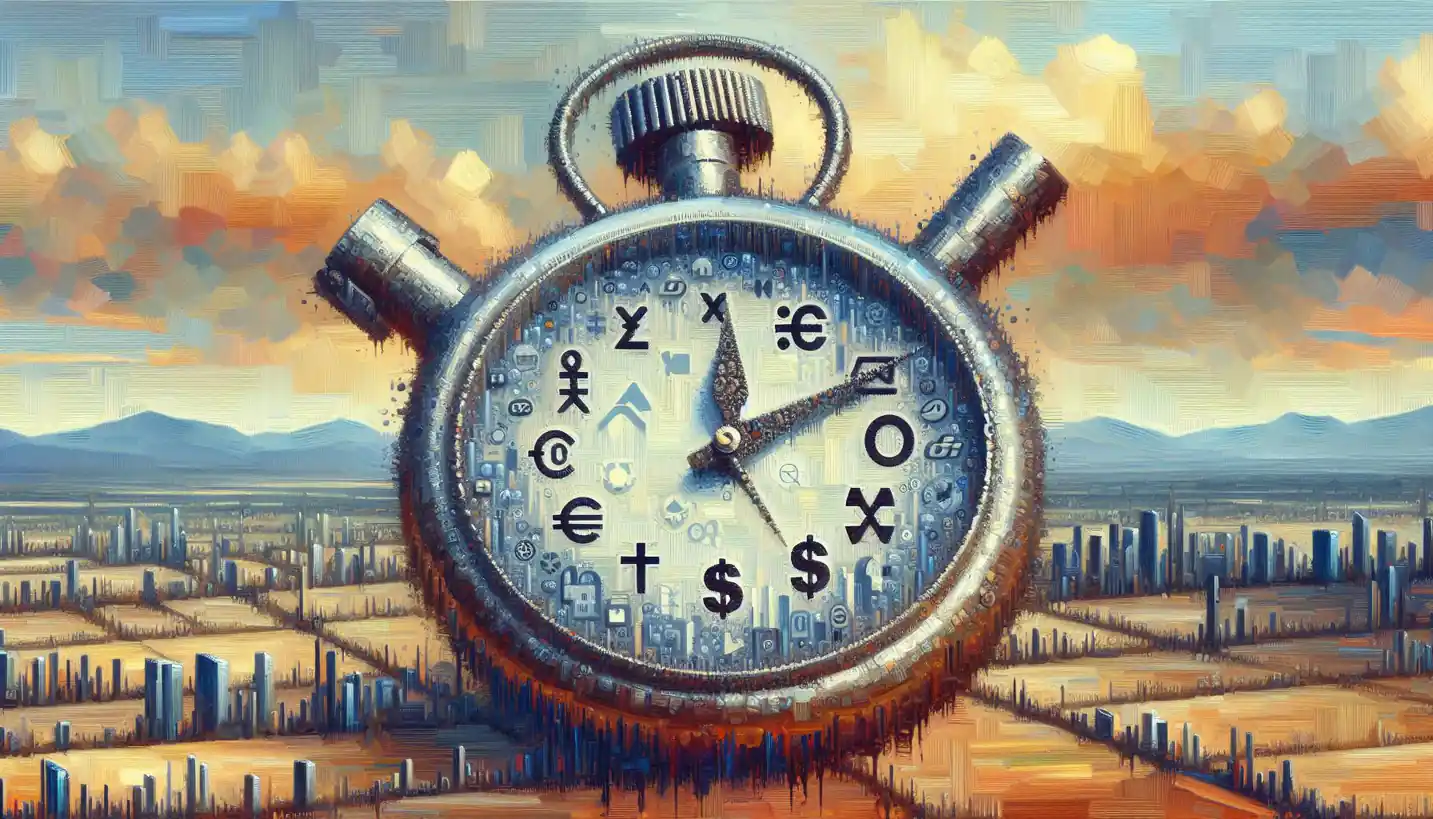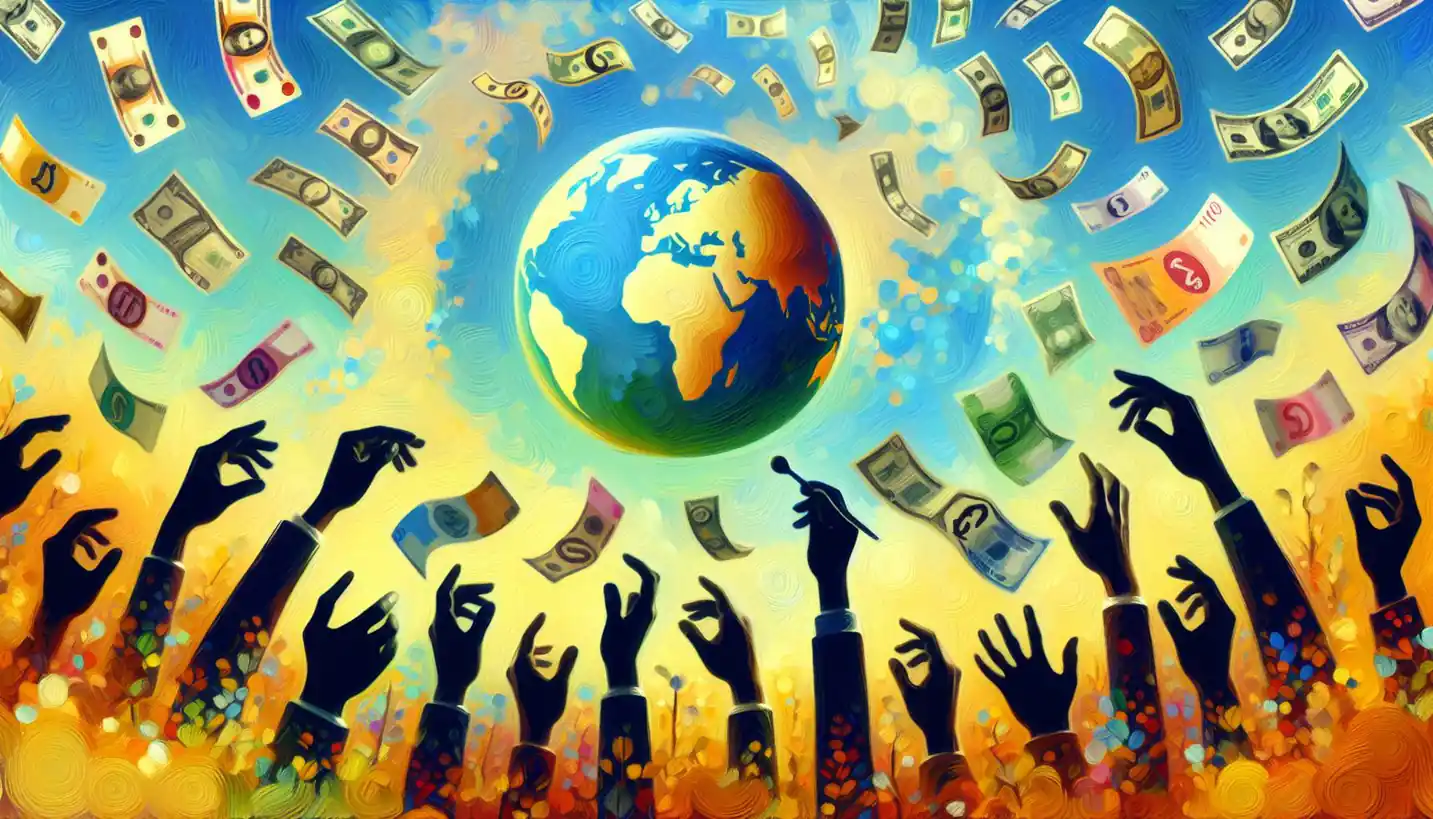· Economics · 4 min read
Incentive Salience: Understanding the Brain's Reward System
Incentive salience highlights how our brains crave rewards, impacting economic decisions. Dive into the science behind your desires and decision-making processes.

Ever wonder why a slice of cake looks so tempting even when you’re full? Or why that notification ping on your phone is so hard to ignore? It all comes down to a fascinating concept called incentive salience, a key player in the field of neuroeconomics.
What is Incentive Salience?
Incentive salience is like a radar that our brain uses to identify and prioritize rewards in our environment. It’s what makes certain objects or events stand out to us, pulling our attention and motivating us to take action. Imagine it as the spotlight in your mind that highlights the things it thinks are most important.
The Science Behind It
Let’s dive into the brain. Our brains are wired with complex circuits involving chemicals like dopamine, which plays a crucial role in regulating incentive salience. When you see something desirable, dopamine neurons fire, signaling that what you’re looking at might be worth pursuing. It’s like your brain’s way of nudging you, saying, “Hey, this could be rewarding!”
Neuroscientists have discovered that this mechanism is part of how we make decisions and prioritize actions. It can explain why some people are more prone to addictive behaviors, as their brains might assign too much salience to things like drugs or gambling.
Real-Life Examples and Metaphors
To better understand this, think about a treasure hunt. Incentive salience is the map that guides you to the treasure. It tells you which clues are important and where you should head next. Just like in a treasure hunt, sometimes our brains can misread the map, leading us astray or making us overly focused on things that aren’t really valuable.
Or consider the game of “peak-a-boo” with babies. The surprise and happiness they show is a small scale of incentive salience at work. That sudden appearance of something joyful makes them giggle and focus on it intensely.
Stories of Discovery
The journey to understand incentive salience started decades ago with psychologists and neuroscientists trying to decode how humans and animals decide what’s valuable. A key figure in this quest was Kent Berridge, who, along with colleagues, highlighted the distinction between “liking” and “wanting.” They showed that the feeling of wanting something can be driven by incentive salience, sometimes even without actual liking.
The Role of Incentive Salience in Our Lives
Nowadays, this knowledge helps us grasp why marketing works the way it does. Advertisements are designed to tap into our brain’s reward system, assigning salience to products to make them seem more appealing. Have you ever noticed how an ad makes you suddenly crave something you didn’t even know you wanted? That’s incentive salience in action.
It also plays a crucial role in areas like addiction treatment, helping experts design interventions that can reduce the excessive salience of harmful substances.
Why It Matters
Understanding incentive salience isn’t just about grasping how we think and decide. It’s about learning to control our motivations and making healthier choices. For those battling addictions, knowing how their brain assigns salience can empower them to seek help and retrain their brains.
Future Directions
The future of studying incentive salience promises more insights into human behavior. What if we could precisely alter how our brain assigns salience to certain things? Imagine the possibilities in treating mental health conditions, enhancing learning, or even improving financial decision-making.
What about artificial intelligence and technology? Could understanding incentive salience help in designing smarter algorithms that engage users in healthier ways? These are some of the burning questions driving researchers today.
A Parting Thought
In the grand scheme of things, incentive salience tells us a lot about how surprisingly predictable our brains can be. It reveals how we are all driven by the push and pull of rewards. Whether we’re seeking physical rewards like food or social rewards like likes on a post, it all boils down to those neural pathways lighting up, steering us towards what we perceive as the ultimate prize.
So, next time you find yourself inexplicably drawn to something, remember—it might just be your brain highlighting what it sees as a rewarding opportunity. Understanding this process gives us the power to make choices that truly align with our values and goals.



